¿𝗤𝘂é 𝗰𝘂𝗿𝘀𝗼 𝗵𝗮𝗰𝗲𝗿 𝘀𝗶 𝗾𝘂𝗶𝗲𝗿𝗲𝘀 𝗮𝗽𝗿𝗲𝗻𝗱𝗲𝗿 (𝗽𝗼𝗿 𝗽𝗿𝗶𝗺𝗲𝗿𝗮 𝘃𝗲𝘇) 𝗼 𝗽𝗮𝗿𝗮 𝗽𝗿𝗼𝗳𝘂𝗻𝗱𝗶𝘇𝗮𝗿 𝗰𝗼𝗻𝗼𝗰𝗶𝗺𝗶𝗲𝗻𝘁𝗼𝘀 𝗲𝗻 𝗰𝗶𝗲𝗻𝗰𝗶𝗮𝘀 𝗱𝗲𝗹 𝗰𝗼𝗺𝗽𝗼𝗿𝘁𝗮𝗺𝗶𝗲𝗻𝘁𝗼?
Sin NINGUNA duda, en el que acabo de certificarme:"𝗕𝗲𝗰𝗼𝗺𝗲 𝗮 𝗕𝗲𝗵𝗮𝘃𝗶𝗼𝗿𝗮𝗹 𝗗𝗲𝘀𝗶𝗴𝗻𝗲𝗿 𝗶𝗻 𝟯𝟬 𝗱𝗮𝘆𝘀" de Make it Toolkit, diseñado por Massimo Ingegno 🧠
Las cinco cosas más importantes que me deja (porque son por supuesto más, pero let´s Make it Easy😜):
𝟭. 𝗔𝗽𝗿𝗲𝗻𝗱𝗲𝗿 𝘆 𝗿𝗲𝗮𝗽𝗿𝗲𝗻𝗱𝗲𝗿 𝗰𝗼𝗻 𝗯𝘂𝗲𝗻 𝗱𝗶𝘀𝗲𝗻𝗼 𝗲𝘀 𝗺𝗮𝗿𝗮𝘃𝗶𝗹𝗹𝗼𝘀𝗼. El equipo de Massimo logra desarrollar cerca de 30 lecciones de manera sencilla, atractiva, corta pero de muchísimo valor.
𝟮. 𝗟𝗮 𝗺𝗮𝗻𝗲𝗿𝗮 𝗲𝗻 𝗾𝘂𝗲 𝗮𝗽𝗿𝗲𝗻𝗱𝗲𝘀 𝘀𝗼𝗯𝗿𝗲 𝗹𝗮𝘀 "𝗹𝗲𝘆𝗲𝘀" 𝗱𝗲𝗹 𝗰𝗼𝗺𝗽𝗼𝗿𝘁𝗮𝗺𝗶𝗲𝗻𝘁𝗼 𝘁𝗲 𝗱𝗮 𝘂𝗻 𝗺𝗮𝗿𝗰𝗼 𝗲𝗳𝗲𝗰𝘁𝗶𝘃𝗼 𝗽𝗮𝗿𝗮 𝗮𝗽𝗿𝗲𝗻𝗱𝗲𝗿, 𝗲𝗻𝘁𝗲𝗻𝗱𝗲𝗿 𝘆 𝗹𝘂𝗲𝗴𝗼 𝗲𝗻𝘀𝗲𝗻𝗮𝗿 𝗮 𝗼𝘁𝗿𝗼𝘀.
➡️ El comportamiento es una función de la persona y del entorno (Lewin’s Equation).
➡️ Está influenciado por dos modelos de pensamiento: Sistema 1 y Sistema 2 (Kahneman).
➡️ Depende de lo que ocurre antes (antecedente) y después (consecuencia) (ABC Model).
➡️ Se explica con el BJ Fogg Model: comportamiento = motivación × habilidad × recordatorio/trigger.
➡️ Y combina motivación intrínseca y extrínseca para sostener cambios reales.
Es tener unos ojos menos miopes. Es en realidad poder observar, cuestionar y rediseñar decisiones de forma ética y aún más creativa 🤩 .
𝟯. 𝗘𝗹 𝗲𝗻𝗳𝗼𝗾𝘂𝗲 𝗲𝘅𝗽𝗲𝗿𝗶𝗺𝗲𝗻𝘁𝗮𝗹 𝗰𝗮𝗺𝗯𝗶𝗮 𝘁𝘂 𝗺𝗲𝗻𝘁𝗮𝗹𝗶𝗱𝗮𝗱.
Te enseña a pensar como diseñador/a comportamental: prototipar, testear, aprender y ajustar para luego escalar. Nada de vainas mágicas 😶🌫️ .
𝟰. 𝗧𝗲 𝗲𝗻𝘁𝗿𝗲𝗻𝗮 𝗽𝗮𝗿𝗮 𝗱𝗶𝘀𝗲𝗻𝗮𝗿 𝗰𝗼𝗻 𝗲𝘁𝗶𝗰𝗮 𝘆 𝗽𝗿𝗼𝗽𝗼𝘀𝗶𝘁𝗼 — 𝘆 𝗮 𝗶𝗻𝗳𝗹𝘂𝗶𝗿 𝗺𝗲𝗷𝗼𝗿.
Una de las cosas que más valoro es que no se trata solo de usar sesgos o nudges por usarlos. El curso deja claro que diseñar para influir debe hacerse de forma transparente y responsable, respetando la autonomía de las personas y evitando la manipulación. Esto conecta directo con lo que sigo aprendiendo con Dr. Robert Cialdini: la persuasión ética es la habilidad de comunicación más importante, porque bien aplicada construye confianza, moviliza cambios positivos y refuerza decisiones conscientes.
𝟱. 𝗖𝗼𝗻𝘀𝘁𝗿𝘂𝘆𝗲𝘀 𝗰𝗼𝗻𝗳𝗶𝗮𝗻𝘇𝗮 𝗽𝗮𝗿𝗮 𝗮𝗽𝗹𝗶𝗰𝗮𝗿𝗹𝗼 𝗲𝗻 𝗰𝘂𝗮𝗹𝗾𝘂𝗶𝗲𝗿 𝗿𝗼𝗹.
Cierra motivándote a llevar todo lo aprendido a tus propios proyectos, con recursos prácticos como el Ideation Board y las estrategias para crear soluciones colaborativas, y sobre todo, te hace buenas preguntas. Y yo amo las buenas preguntas!😍
En fin, HANDS DOWN Massimo Ingegno 🧠
La idea de esto es compartir con otros. El conocimiento para uno solo no es útil. I´m at your service 🫡 🤓
Read More...


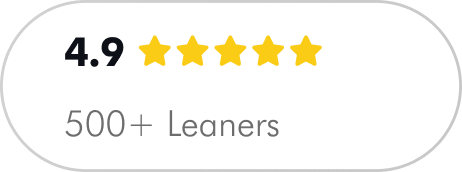
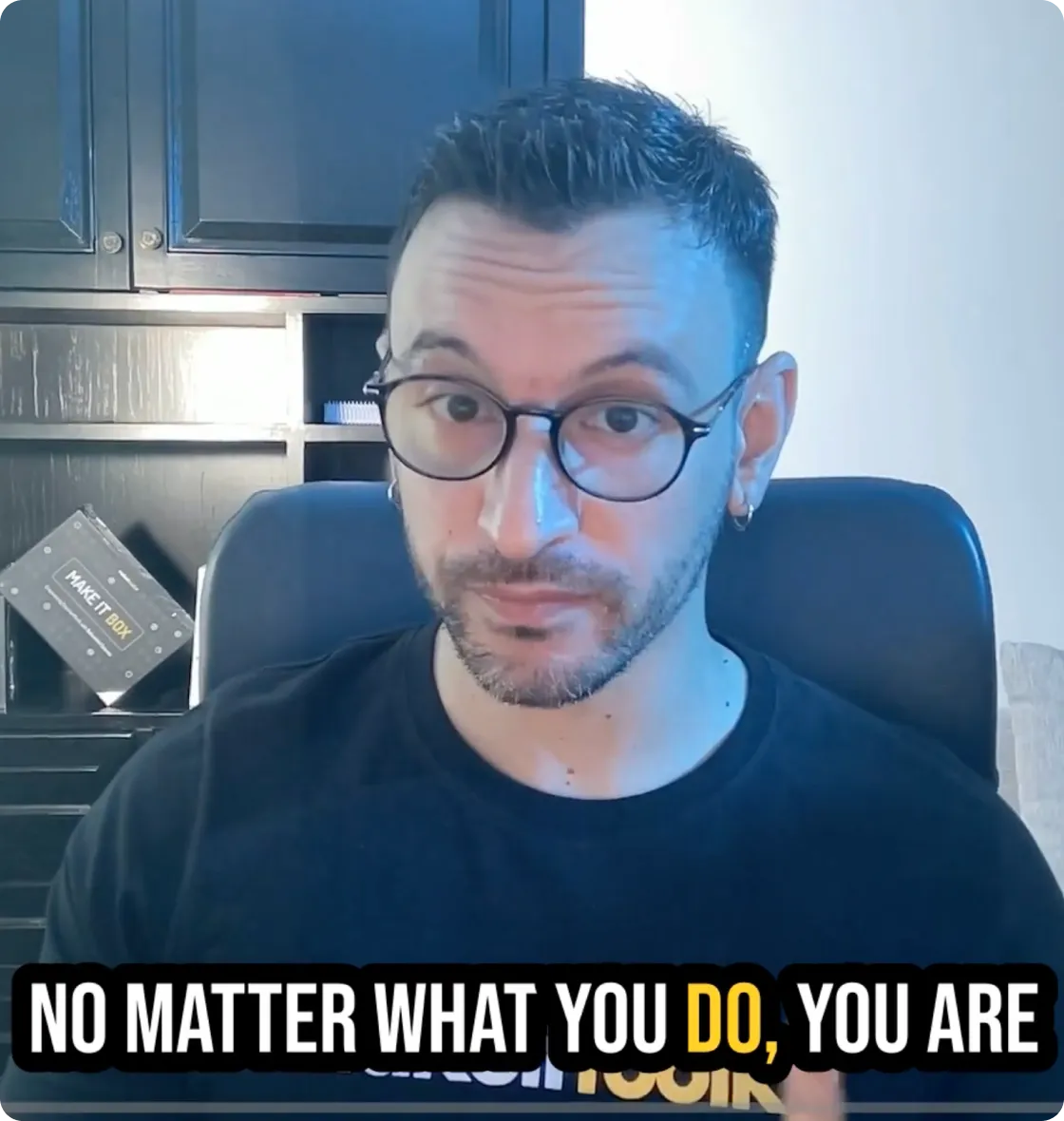





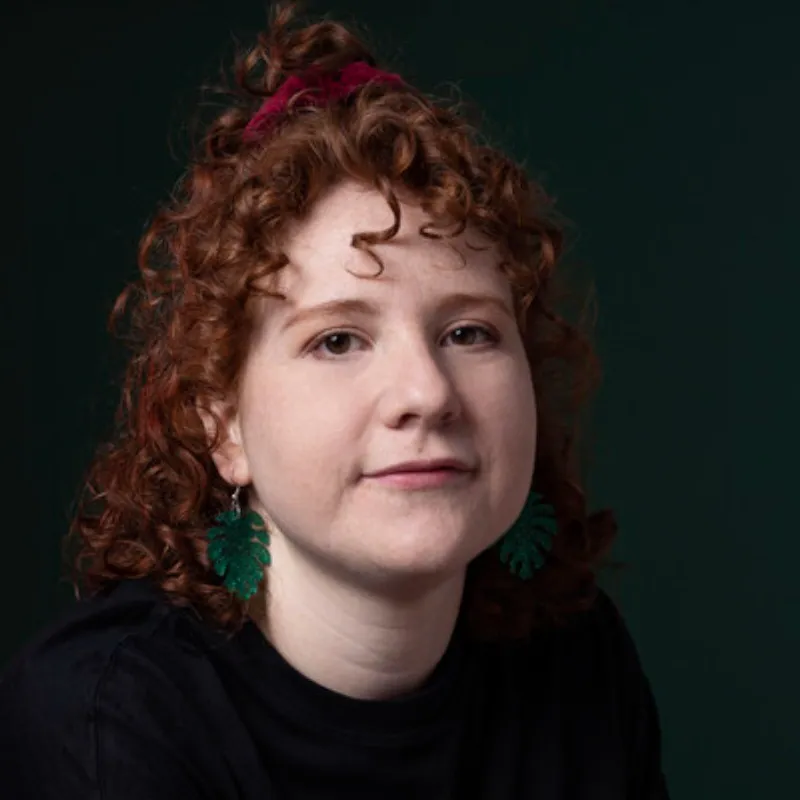












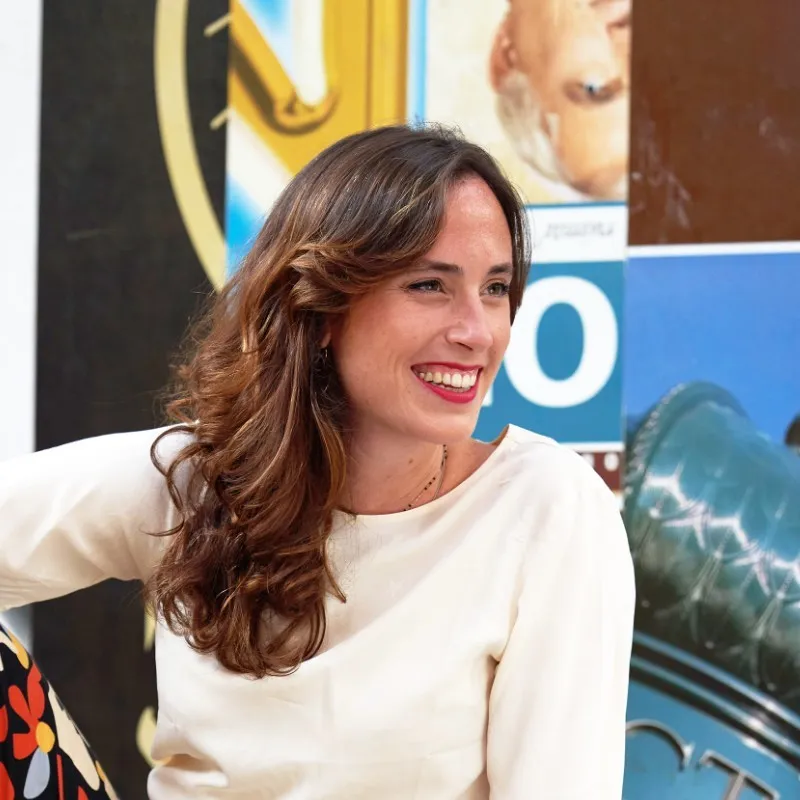

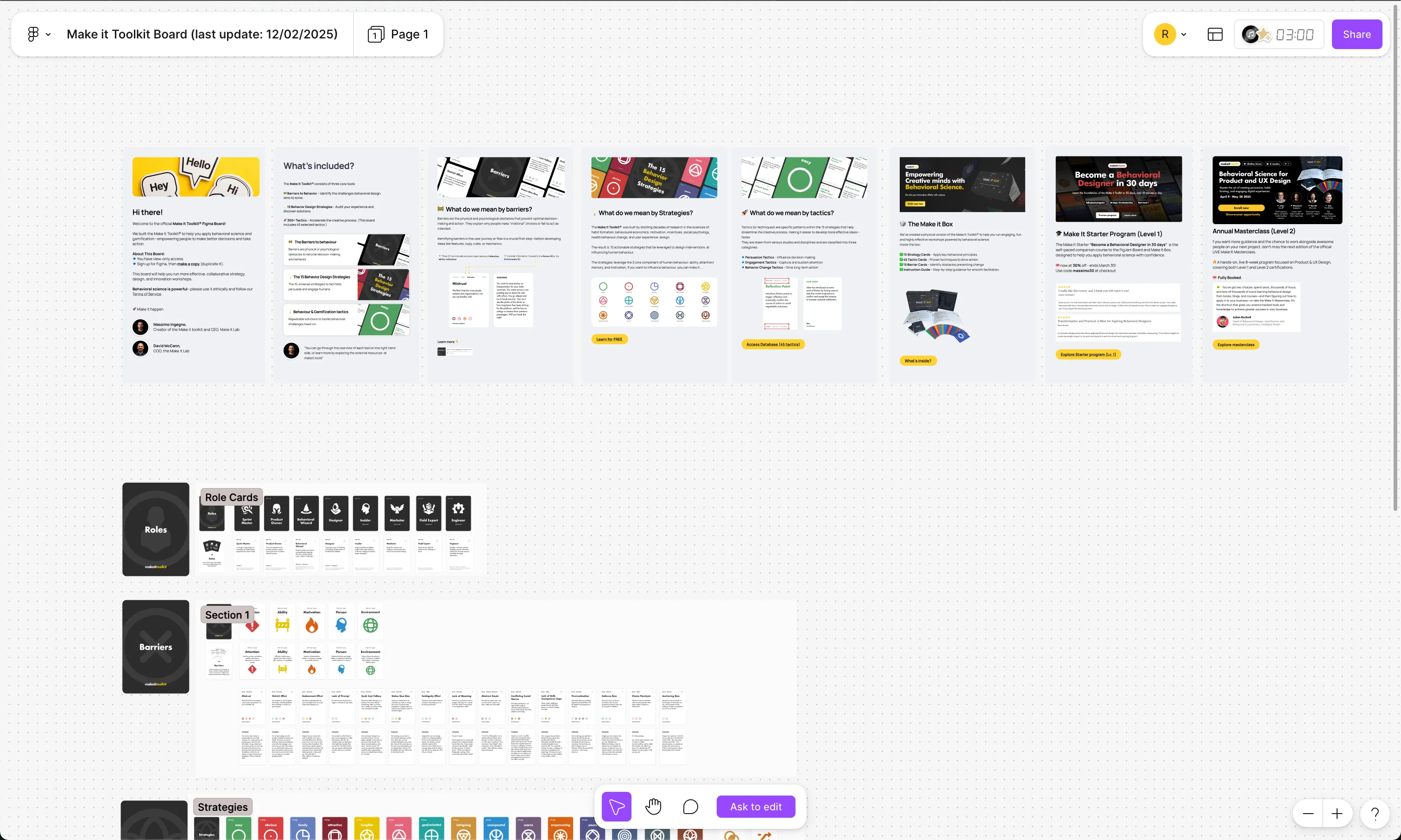
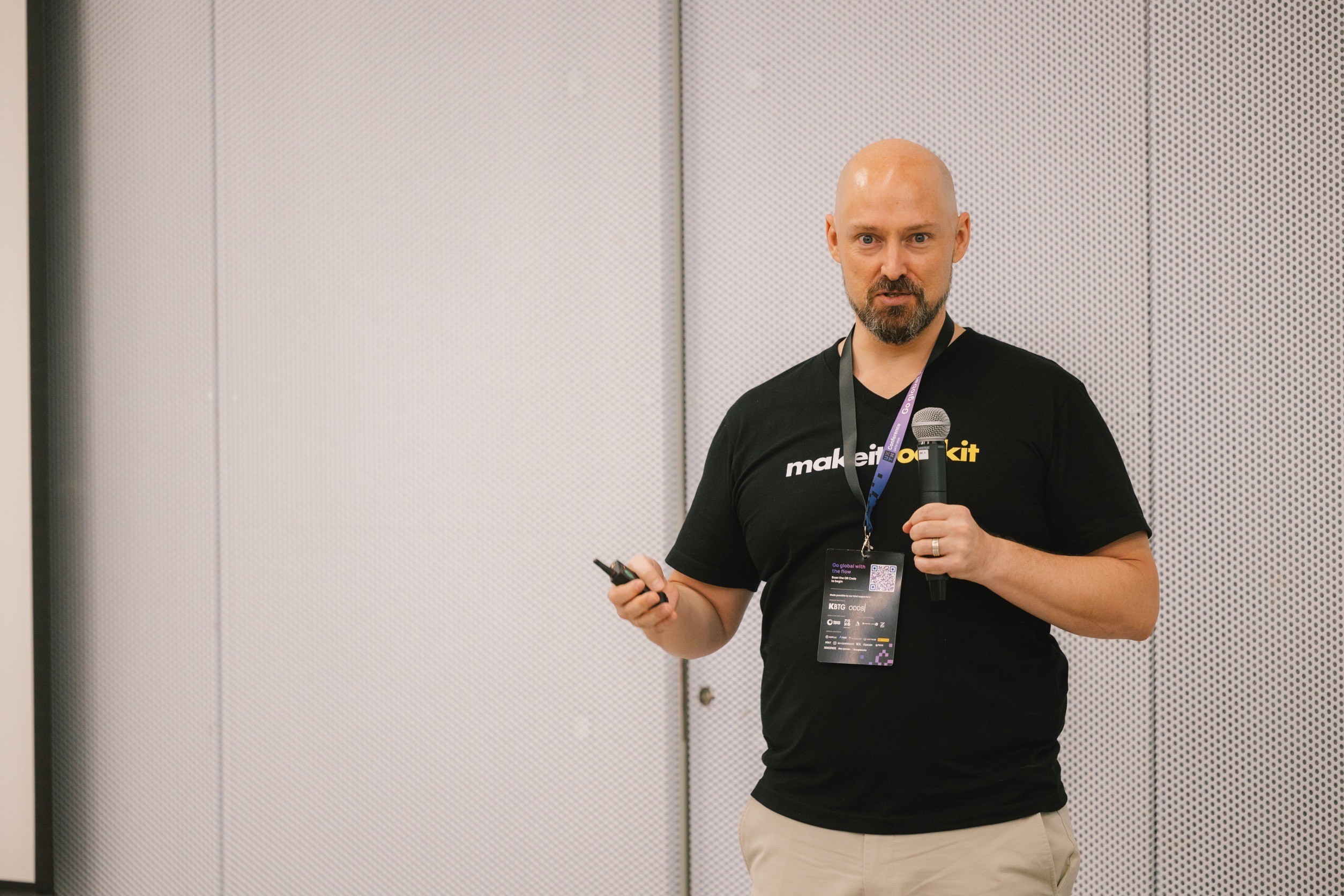
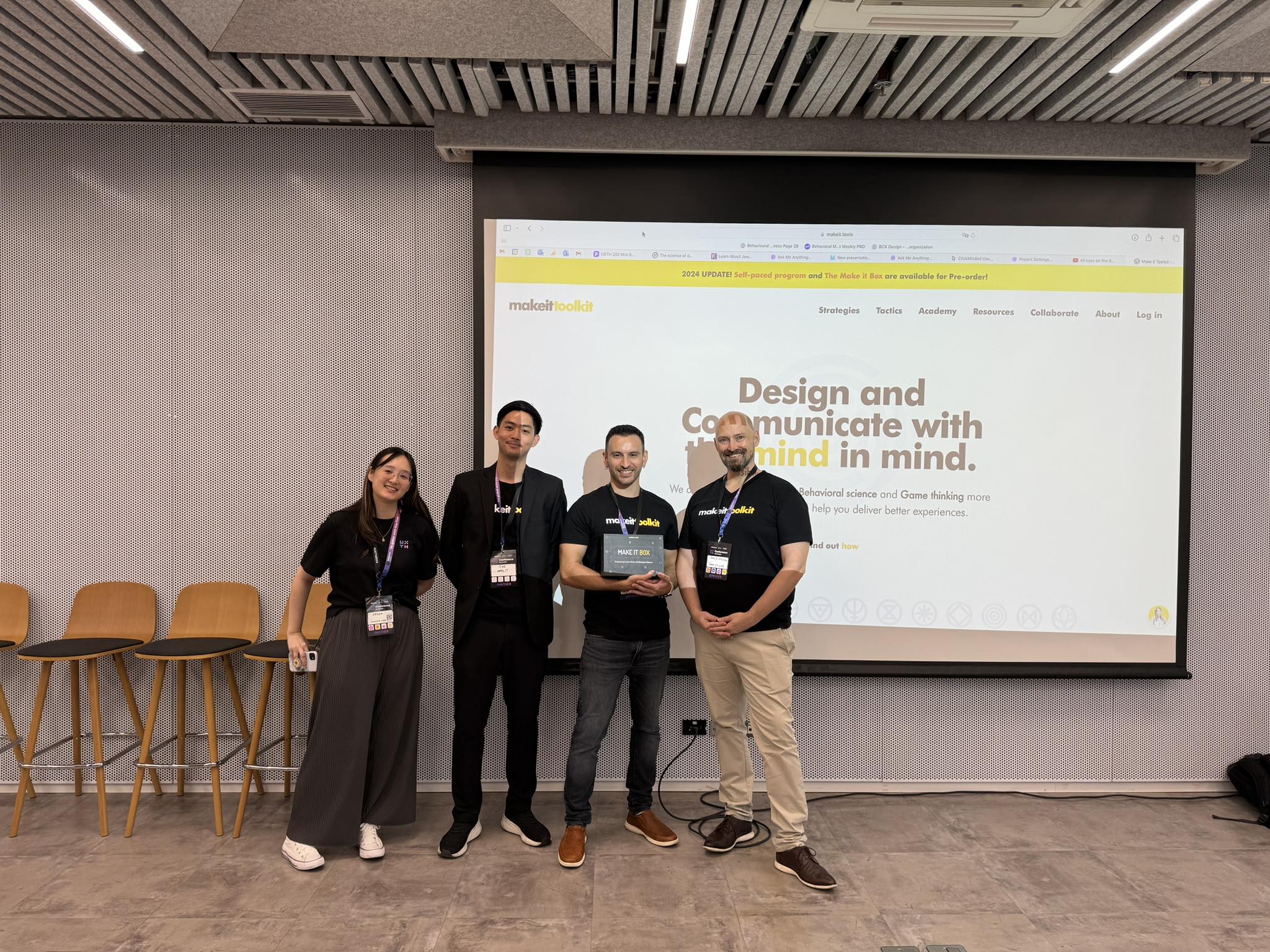

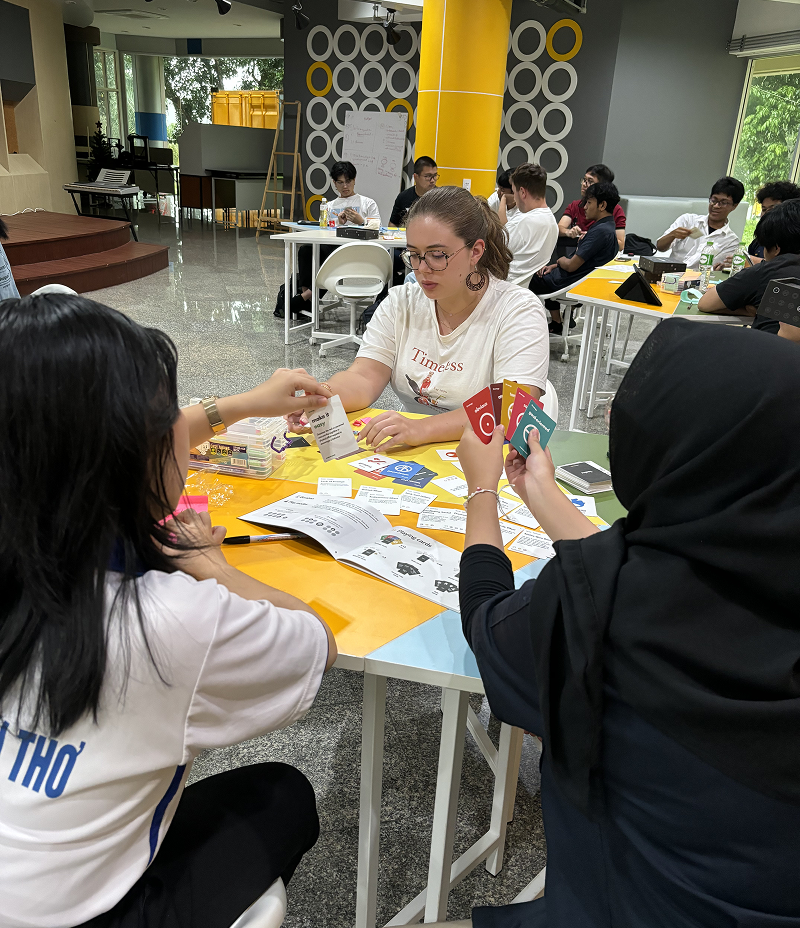
.png)

.png)
.png)
.png)
%201.png)

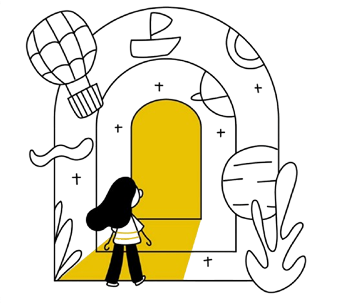
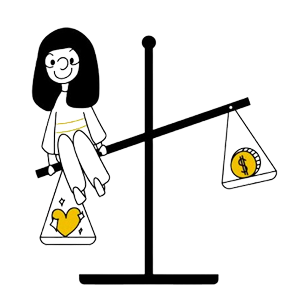
.webp)


.png)
.png)

%201.png)
.webp)

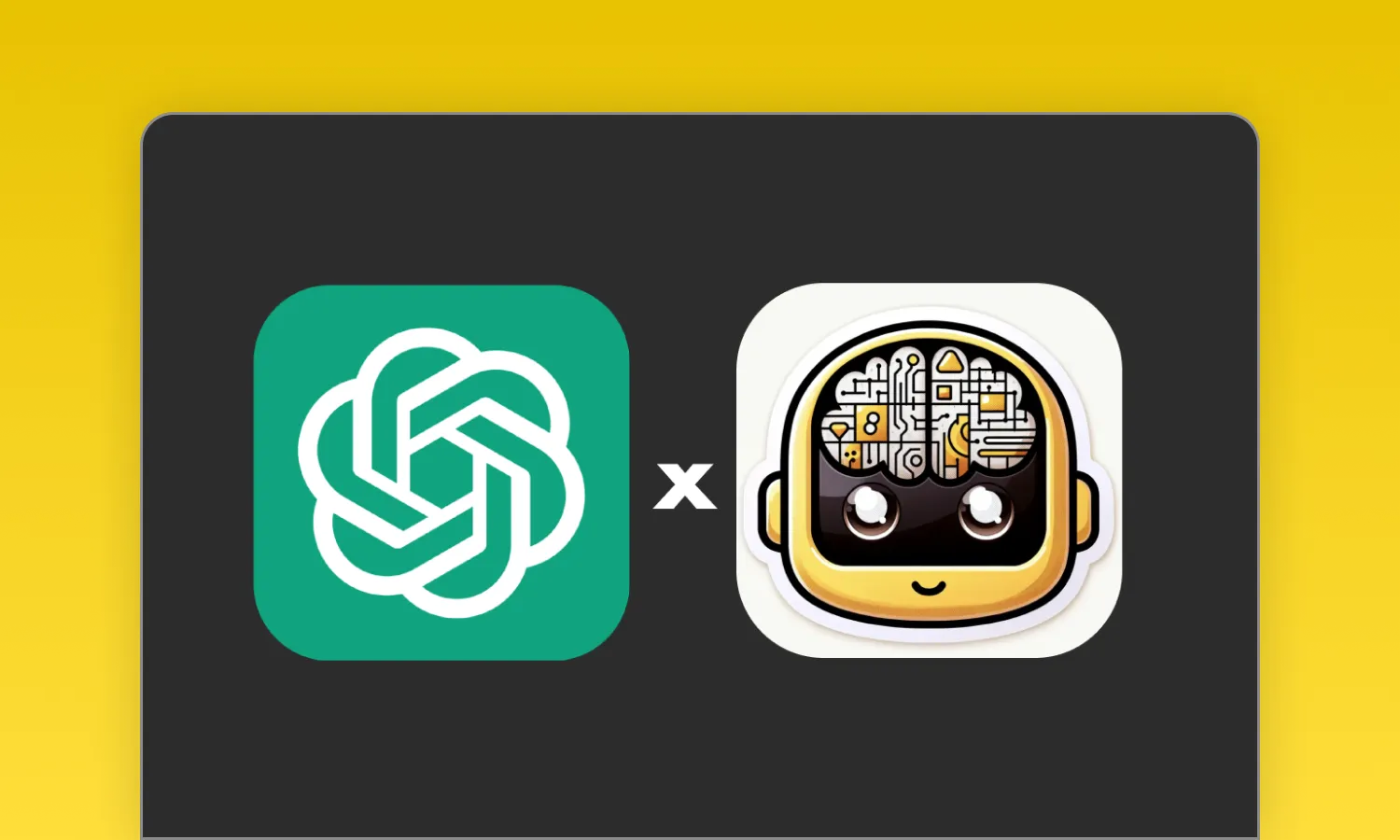
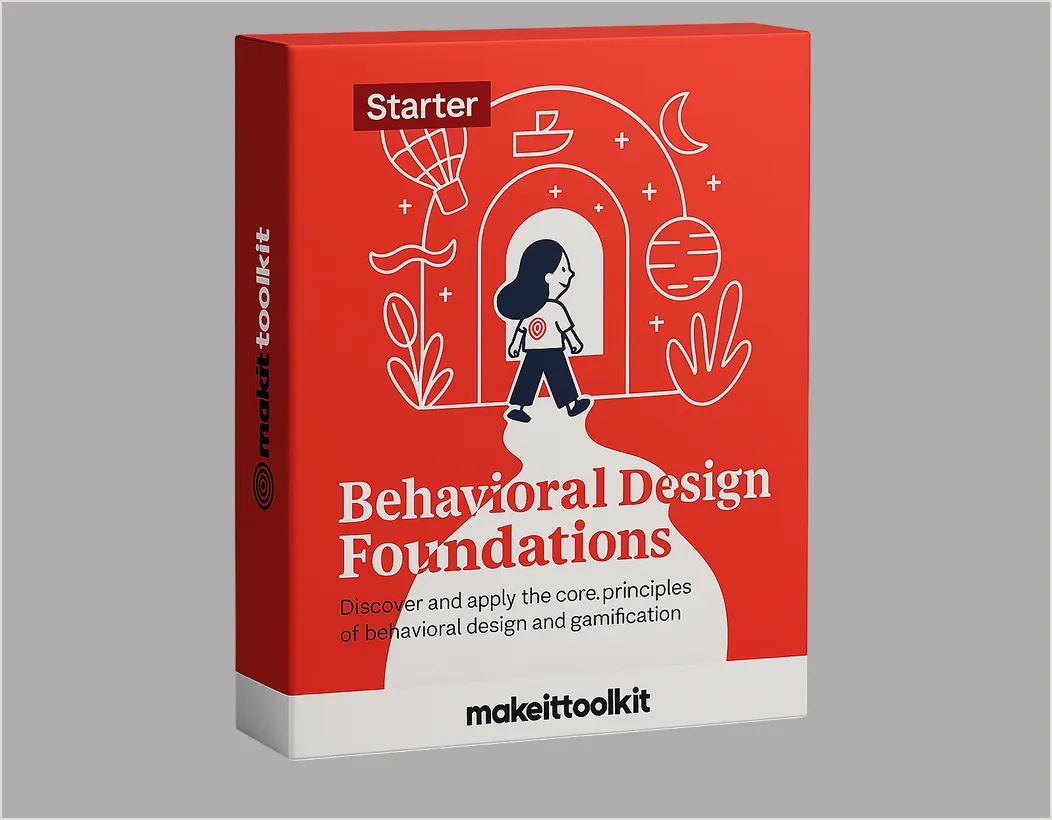
.webp)
.svg)













